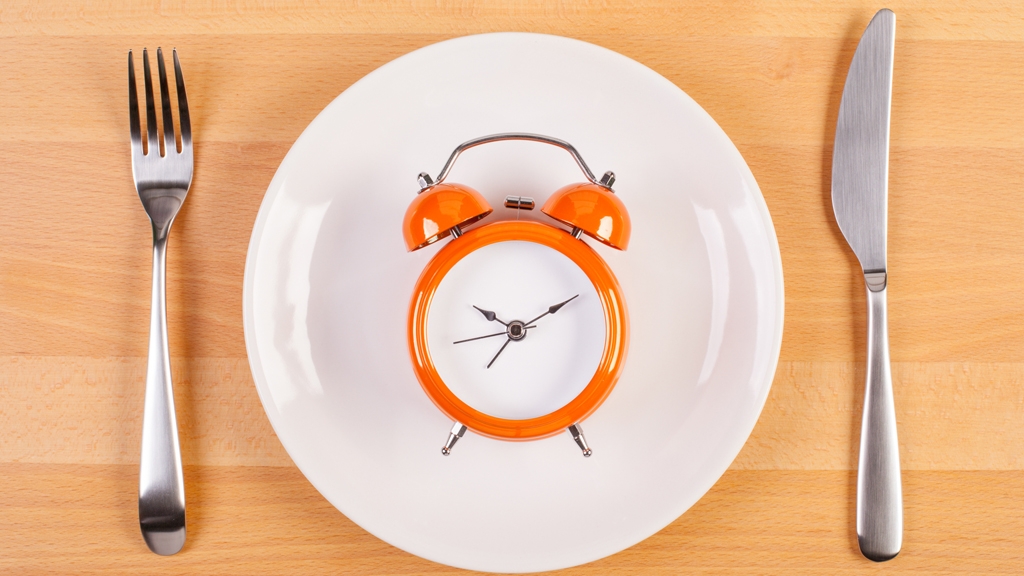Because those observing kashrut cannot eat meat and dairy foods together, this means that a meal is either a meat meal or a dairy meal (or a pareve meal for that matter). You cannot even have meat and dairy at the same table; that is, one person can’t eat a bagel with cream cheese at the same table where someone is eating fried chicken.
To clarify further, you can’t have a piece of steak on one plate, prepared without any dairy, then turn to a second plate and chomp down on a piece of cheese, even if you’ve swallowed the steak.
To ensure that meat and milk not be eaten together in any way, it is customary to wait a certain amount of time between meals. After eating meat, the wait time varies, but the generally accepted amount of time to wait is six hours.
Different Traditions
Different traditions developed as to the exact amount of time that must pass between meat and dairy meals. Wait time is required because of the nature of meat. In The Laws of Kashrus, Binyomin Forst explains that the sages give two primary reasons: Meat leaves behind a fatty residue in the throat, and particles of meat might remain between your teeth. Time is necessary for the digestive powers of saliva to break down both that fatty residue and the meat particles.
With your help, My Jewish Learning can provide endless opportunities for learning, connection and discovery.
For Orthodox Jews, the most common wait time is six hours. According to Sephardic tradition, six hours is not merely tradition, but halakhah, required by Jewish law. Ashkenazic tradition says that more lenient options are also halakhically correct. Most agree that the meat meal should be concluded with appropriate blessings, signifying the meal is over. You should then clean and rinse your mouth and wash your hands.
Some say one hour is sufficient time, and this has been the accepted tradition of Dutch Jews. German Jews follow a tradition of waiting three hours. Forst says this may be based on the idea that in winter the time between meals is shorter; therefore, it is acceptable to wait a shorter amount of time year round.
These are three generally accepted wait-time traditions. However, even today, I’ve encountered people who’ve developed their own traditions within their communities. Some wait four hours after eating chicken, five hours after meat. Some start counting the wait time after saying blessings, some start counting as soon as they’ve swallowed the last bite of meat.
Waiting After Dairy
With dairy foods, the wait time between dairy and meat is minimal. This is based on [the talmudic tractate] Chullin 105a, where it says, “How long must one wait between cheese and flesh? And he replied, Nothing at all.” Still, you should eat something like bread to effectively wipe your mouth of any milky taste, and you should rinse your mouth and wash your hands.
Hard cheese, described as cheese that has aged over six months, such as Swiss cheese, has a stronger flavor and is thought to leave a fatty residue, so it requires a six-hour wait.
Reprinted with permission from How to Keep Kosher (HarperCollins).
pareve
Pronounced: PAHRV or pah-REV, Origin: Hebrew, an adjective to describe a food or dish that is neither meat nor dairy. (Kosher laws prohibit serving meat and dairy together.)
Sephardic
Pronounced: seh-FAR-dik, Origin: Hebrew, describing Jews descending from the Jews of Spain.



